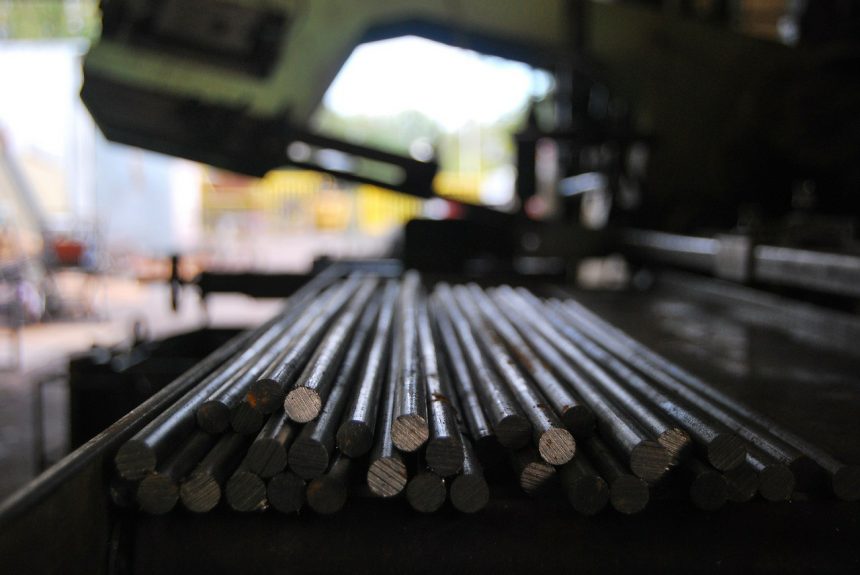Photo by Pixabay.com
Since ancient times, people have learned to use in their lives all that is found in nature. They tamed fire, animals, cultivated plants. But no less important is the moment when a person has learned to process metals. Over time, people began to observe that the addition of various metals to iron improves its properties. Thus, steel appeared. Since then, steel is indispensable in our lives and is present in all its aspects: engineering, construction, space exploration, life. Different alloys of steel have their chemical and physical characteristics, so their application is different.
There are many classifications of steel. It can be classified by physical properties, chemical composition, quality, purpose or structure. Physical characteristics of steel can be its elasticity, density and so on. If the steel is classified according to its purpose, it is possible to distinguish such important subcategories as structural steel, tool steel, stainless (corrosion-resistant) steel, resistant to high temperatures (heat-resistant) or low (cryogenic). For example, steel 30CrNiMo8 has annealing 650 – 700 °C. 30CrNiMo8 has a density of 7.85 g/cm3, and its tensile strength varies: Rm 1250 – 1450 N/mm2. 1.6580 has many mechanical properties, that can be understood only by the professionals.
There are non-metallic impurities mainly in iron in the extraction of ore for steel. Also inclusions of non-metallic origin are in the production of steel in its composition contains, so the steel can be classified according to the content of these impurities. Grades of steel containing the largest number of such impurities are called ordinary, with fewer impurities – quality, having the least amount of non-metallic inclusions – high quality.
Another characteristic for the classification of steel is its chemical composition. According to it, steels are divided into carbon and alloy. Carbon steels are divided into low carbon steels (no more than a quarter of a percent carbon of the total alloy), medium carbon steels (one third to fifty-five hundredths of a percent carbon), and high carbon steels (six tenths to two percent carbon). Alloy steels are divided by the percentage of alloying elements in the alloy into low-alloy (up to two and a half percent of alloying elements from the alloy), medium-alloy (from two and a half percent to ten percent of alloying elements) and high-alloy (from ten percent to fifty percent of alloying elements). Copper, nitrogen, chromium, nickel, vanadium and other chemical elements can be used as alloying elements.
One of the most important discoveries in the field of metallurgy was the invention of stainless steel. It was discovered in 1913 by the English Metallurgist Harry Brearley. In the course of experiments with various alloys, he found that an alloy with a high content of chromium is resistant to corrosion. If the alloy contains more than 2.14 % carbon, it is already considered cast iron, not carbon steel.






